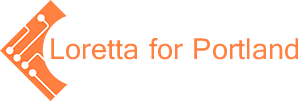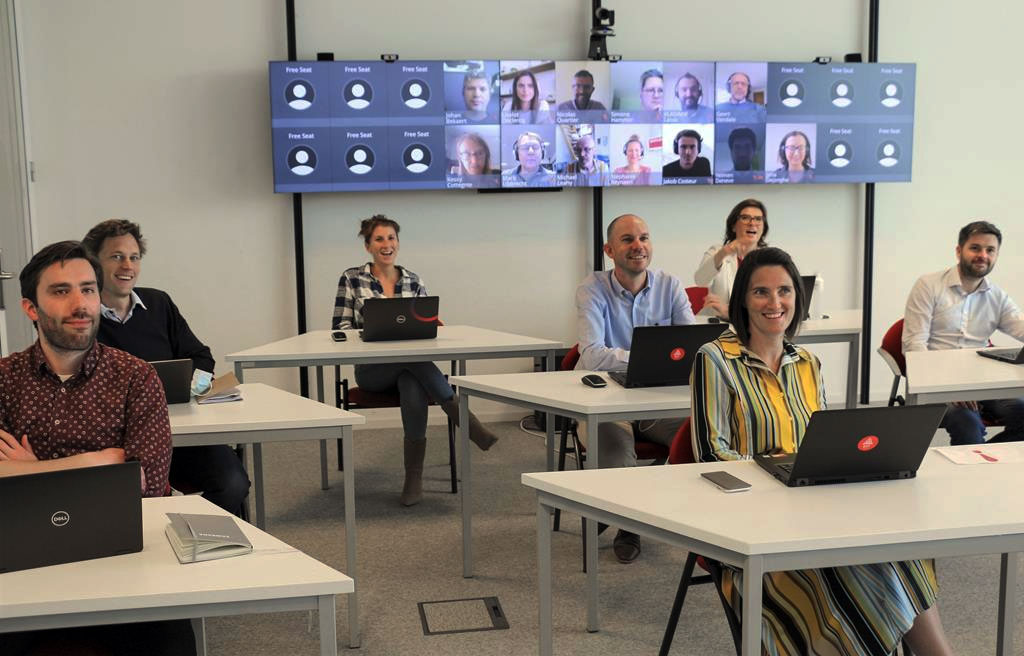
Though the field of teaching has been around since ancient times, modern technologies are beginning to change the way it is conducted. In particular, digital tools and resources are becoming more prevalent in the classroom, and many teachers are finding new and innovative ways to utilize them. This shift towards technology-based teaching is not only benefiting students but also helping to keep the teaching profession current and relevant.
Some of the most popular modern technologies being used in the classroom include:
Interactive whiteboards
These allow teachers to create engaging and interactive lesson plans that can be easily shared with students. Many interactive whiteboards also come equipped with features like built-in speakers and cameras, which further enhance their usefulness.
With interactive whiteboards, teachers can easily incorporate multimedia content into their lessons, such as videos, images, and charts. This makes for a more engaging and visually stimulating learning experience for students.
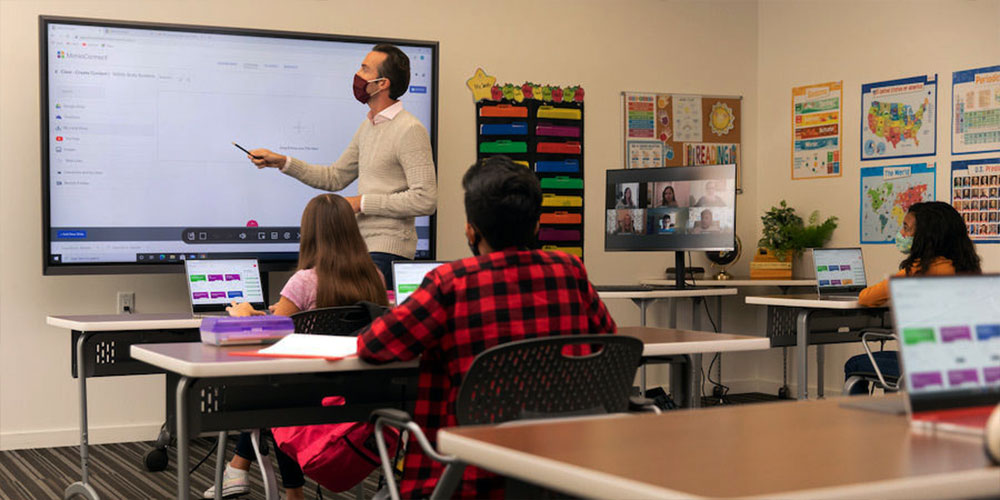
Interactive whiteboards – pros and cons
There are a few advantages and disadvantages to using interactive whiteboards in the classroom.
Some of the pros include:
- They can make lessons more engaging and visually stimulating for students.
- They can be used to easily incorporate multimedia content into lessons.
- They can be used to create interactive and collaborative lesson plans.
Some of the cons of using interactive whiteboards include:
- They can be expensive, and many schools cannot afford to purchase them.
- They can be difficult to use if you are not familiar with the technology.
- Some students may find them distracting.
Despite the fact that interactive whiteboards can be expensive, many teachers feel that they are worth the investment. They provide a number of advantages that can greatly improve the learning experience for students.
Tablets
Tablets are becoming increasingly popular in the classroom as they offer a more portable and convenient way to access digital resources. Many tablets also come equipped with features like built-in cameras and speakers, which further enhance their usefulness.
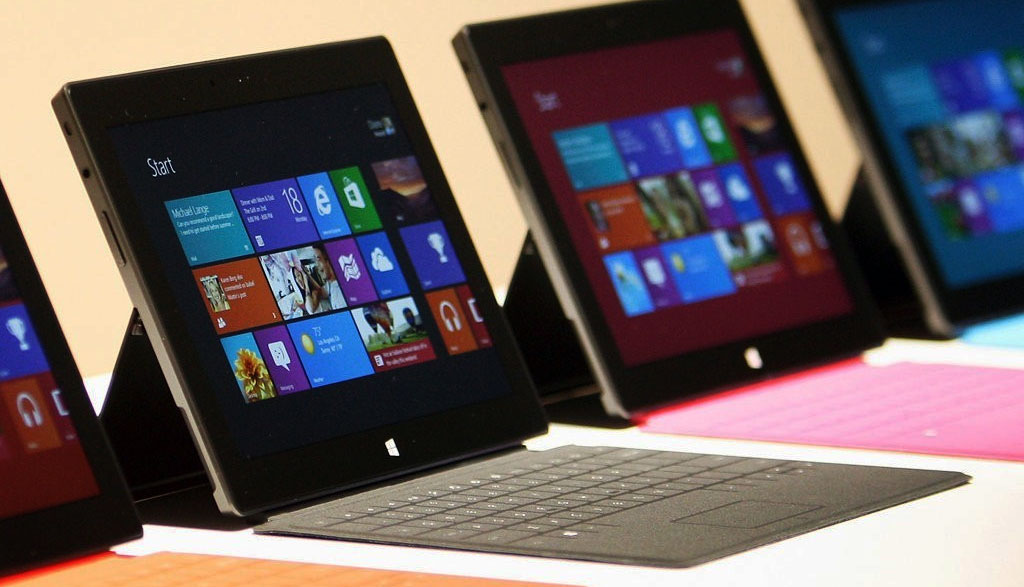
Tablets for students – pros and cons
There are a few advantages and disadvantages to using tablets in the classroom.
Some of the pros include:
- They are more portable than laptops, making them easier to use in class.
- They have built-in features like cameras and speakers, which can be beneficial for lessons.
- Many tablets come with a number of pre-installed apps that can be used for educational purposes.
Some of the cons of using tablets in the classroom include:
- They can be expensive, and many schools cannot afford to purchase them.
- They can be difficult to use if you are not familiar with the technology.
- Some students may find them distracting.
Despite the fact that tablets can be expensive, many teachers feel that they are worth the investment. They provide a number of advantages that can greatly improve the learning experience for students.
Laminating machine
All the above was the most popular and common technological devices in the teaching industry, however, the laminating machine is another great technology tool that can be used by both teachers and students. The laminating machine makes it possible to quickly create professional-looking documents, presentations, class notes, and more.
laminating machine for teachers work by heating up a thin layer of plastic and then applying pressure to both sides of a document. This process seals the document inside the plastic and makes it more durable. It also makes the document less likely to be damaged by water or other liquids.
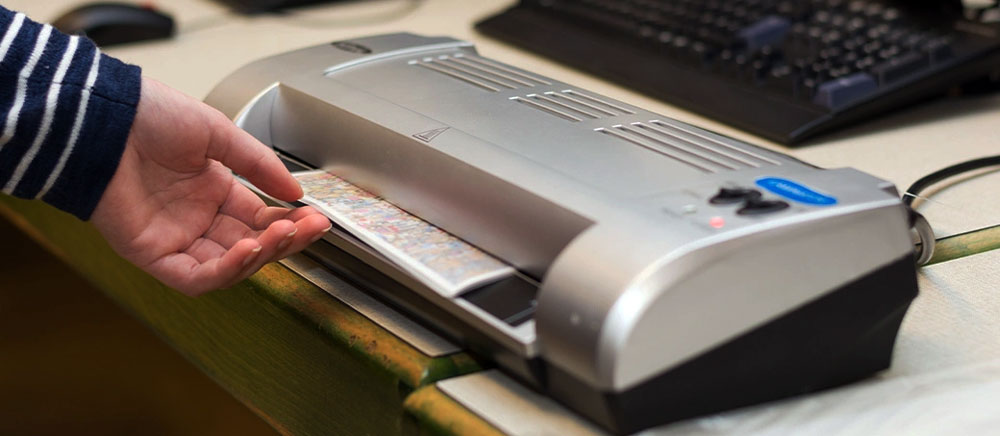
How to use Laminating machine in the classroom?
There are many ways that teachers can use laminating machines in the classroom. One way is to create laminated copies of important documents such as class schedules, assignments, or syllabi. This can be helpful for students who need a hard copy of these things to refer to throughout the semester.
Another way to use a laminating machine is to create laminated cards for games or activities. For example, you could create a deck of flashcards with vocabulary words on one side and the definition on the other. Or, you could create a set of bingo cards with different images or symbols. Laminated cards are also great for classroom centers or stations because they can be reused over and over again.
One final way to use a laminating machine in the classroom is to create your own custom dry erase boards. This is a great way to save money and have a space that can be used for a variety of different purposes. You could create a daily schedule board, a behavior chart, or anything else you can think of. The sky is the limit when it comes to using a laminating machine in the classroom!
Virtual reality
Virtual reality is a relatively new technology that is beginning to be used in the classroom. With virtual reality, teachers can create immersive and interactive learning experiences for students. This can be particularly beneficial for subjects like science and history, where students can learn by exploring virtual worlds.

Virtual reality – pros and cons
There are a few advantages and disadvantages of using virtual reality in the classroom.
Some advantages include:
- Students can learn in an immersive and interactive environment.
- Virtual reality can be used to teach difficult or sensitive topics.
- It can be a fun and engaging way for students to learn.
Some disadvantages of using virtual reality in the classroom include:
- The cost of virtual reality headsets can be prohibitive for some schools.
- Not all students may be able to access or use virtual reality technology.
- Some students may find virtual reality to be too stimulating or overwhelming.
As with any new technology, there are a few pros and cons to using virtual reality in the classroom. However, overall, virtual reality has the potential to be a great tool for teaching and learning.
3D printing
3D printing is another new technology that is beginning to be used in classrooms. With 3D printing, teachers can create physical objects that can be used for instruction or learning. For example, a teacher could create a 3D model of the human body to use in a science lesson. Or, a history teacher could create a 3D print of an ancient artifact.
3D printing – pros and cons
There are a few advantages and disadvantages of using 3D printing in the classroom.
Some advantages include:
- 3D printing can be used to create customized learning materials.
- It can be used to teach difficult or sensitive topics.
- 3D printing can be a fun and engaging way for students to learn.
Some disadvantages of using 3D printing in the classroom include:
- The cost of 3D printers can be prohibitive for some schools.
- Not all students may be able to access or use 3D printers.
- 3D printed objects may not be as durable as other materials.
As with any new technology, there are a few pros and cons to using 3D printing in the classroom. However, overall, 3D printing has the potential to be a great tool for teaching and learning.
